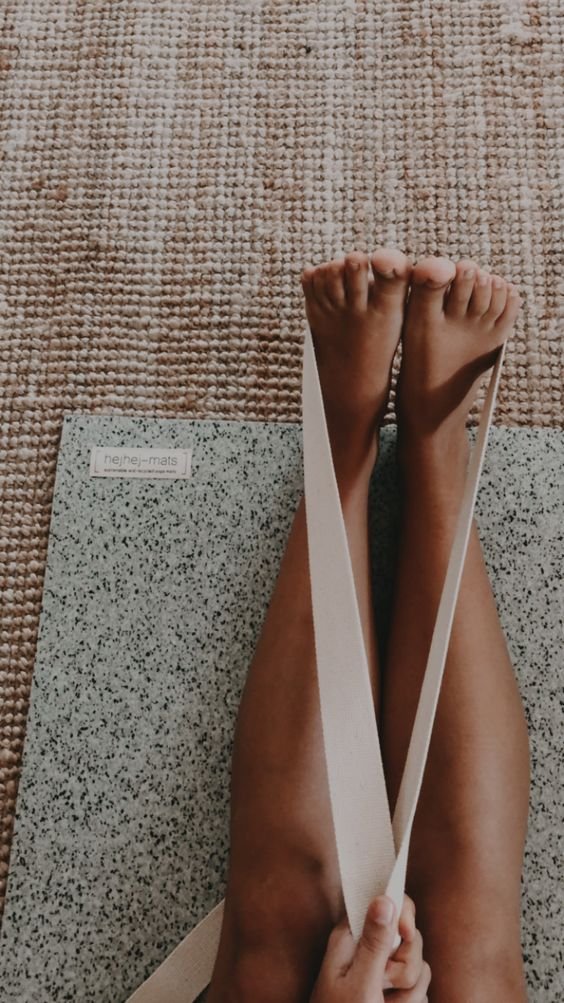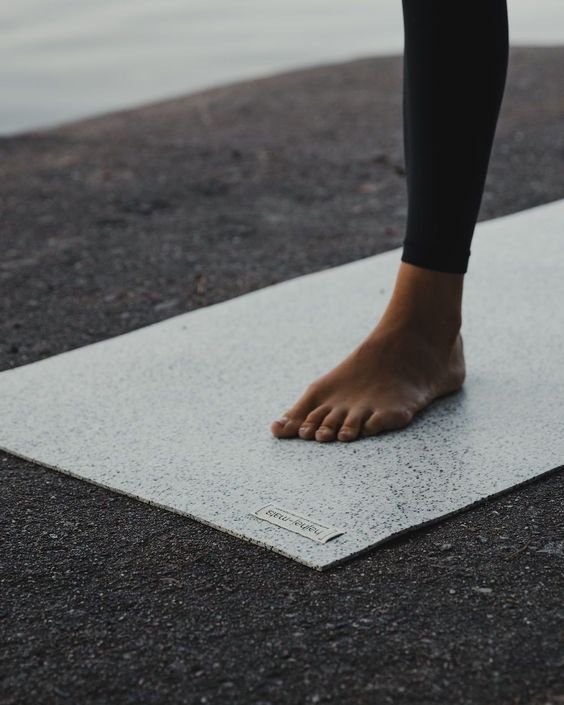Achilles Tendinopathy: A real pain in the heel!
pic: https://www.pinterest.com.au/pin/288230444913332474/
What is Achilles Tendinopathy?
Achilles tendinopathy is a common injury we see in the clinic here at Sunny Side Physio.
The Achilles is a very strong and robust band of tissue that connects your calf muscle to the heel of your foot. Whilst we mainly see this condition occur in young, active people or middle aged (especially around menopause) – it can happen to anyone!
What does it feel like?
Achilles tendinopathy is characterised by localised pain in the Achilles. It can occur right at the bottom of your heel (where the Achilles attaches) or it can also occur in the middle of the tendon.
There may be swelling, it will likely be tender to touch and will be aggravated by excessive load (think walking especially up hills or on sand, running etc). It’s usually a slow and gradual process and doesn’t often pop up overnight! You may also get stiffness the next morning in more chronic cases.
Why does it happen?
There are many factors that contribute to tendinopathy forming within a tendon. Most commonly it’s caused by overuse, where the load placed on the tendon is greater than what it can handle. This process happens slowly overtime, and the tendon doesn’t have time to recover and adapt in time. As a result, this causes a build-up of inflammation. Other contributing factors can include poor footwear and biomechanical factors.
For runners – we often see it with a sudden increase in load. This doesn’t always mean an increase in distance either, increasing pace and incline also increases the load on your tendons.
Maybe you’ve decided to run a half marathon and you’re adding longer runs to your schedule! This is one of the most common scenarios we see! Try to gradually increase your load (distance, pace, incline) to allow your tendons to adapt. A great visual way of doing this is by checking your graph on Strava! Make sure there aren’t too many big jumps week to week.
What can I do about it?
1. Calm it down
If you’ve found yourself limping due to pain and you’re struggling to do you day-day activities, then we need to reduce your inflammation first and foremost!
This might look like:
Avoid aggravating activities (eg. beach walks barefoot, walking up hills)
Wear supportive shoes (gives your foot some arch support)
Ice and anti-inflammatories
Heel lifts in your shoes (temporarily lifts your heel, shortening your Achilles and allowing your symptoms to settle)
Physiotherapy treatment consisting of massage, trigger point therapy, dry needling and foot mobilisations
2. Gradually reload
Reloading your tendon is crucial! Tendons like load and under-loading them (eg. complete rest) can often cause more harm than good in most cases.
You know you’re ready to start reloading your tendon when your day-day activities are pain free, you can walk for approximately 30minutes and you can jog on the spot for a minute without significant symptoms.
If you tick these three boxes, then a good place to start is to find your baseline. This is the distance or duration you can walk/run without significant pain or morning stiffness afterwards. Once you’ve found this baseline, we want to start increasing the load gradually. This allows your tendon time to adapt and recover, before reloading again.
This can be very confusing! So to help gauge this, we often use the traffic light system to help guide you.
The Traffic Light System
Red = Excessive load. This is categorised by an increase in symptoms that last >24hrs
Orange = Acceptable load. This is categorised by a slight increase in symptoms but settles within 24hrs
Green = Safe load. Some increases in symptoms but settles rapidly.
Try to keep your runs or activity in the red and yellow zones! This allows you to gradually load your tendon, without causing too much aggravation that will set you back.
Gradual Strengthening
Strengthening is also key! This prevents your injury from returning in a few months time! There are many ways to strengthen your Achilles tendon. A safe place to start is by doing what we call isometric holds.
Try doing a double leg calf raise (standing on your tip toes) and holding at the top for 20-30 seconds or as tolerated. As you improve, gradually increase the duration of these holds.
We then work towards more functional strengthening exercises to mimic your sport or activities you want to get back to! But this could be a whole separate blog post!
Need some help?
If this all seems a bit overwhelming, don’t stress! We are always here to help.
If you would like further guidance throughout this process, feel free to book an appointment with us at Sunny Side Physio. We can provide hands-on treatment to reduce your pain and work together to get you back to what you love, as quickly as possible!



